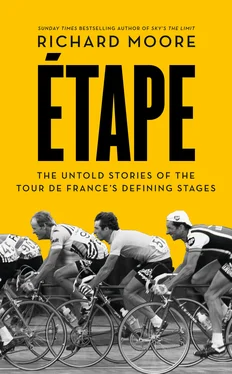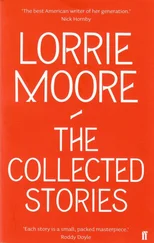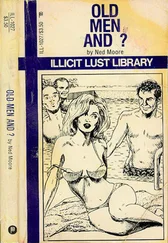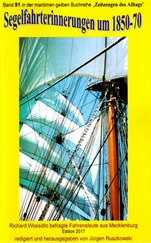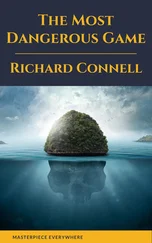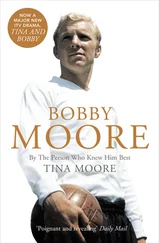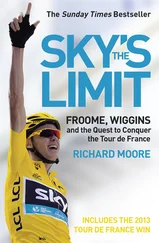Boardman had gone as far as he could in Britain. The only place for him to go now was the continent’s professional scene. Yet it was a step he was reluctant to take. ‘I was an outsider,’ he says. ‘I was a time triallist from Britain. The Olympics were amateur, so you either wait for someone to knock you off the top step, or you turn pro.’
The hour record that Boardman set out to break was held by the Italian road racing star of the 1980s, Francesco Moser. But by the time he came to tackle it, it no longer belonged to Moser. A week before Boardman’s attempt it was beaten by his domestic rival, the Scotsman Graeme Obree, on a track in Norway. ‘I’m disappointed not to be breaking Moser’s record,’ said Boardman at the time. He feared that Obree’s astonishing feat might remove some of the gloss from the record. He needn’t have worried. If anything, it raised interest. It meant Boardman had much to gain, but perhaps even more to lose.
He beat Obree’s mark, and with that, as Ed Pickering notes in his book, The Race Against Time , ‘The first part of Boardman’s PR ambush on the Tour was complete.’ The Tour reciprocated, staging their own ‘ambush’ as they invited Boardman to the podium in Bordeaux at the end of the next day’s stage, to share the platform with the man in the yellow jersey, Miguel Indurain, on his way to his third successive overall victory.
Tellingly, Boardman stood on the lower step, grinning like a schoolboy as ‘Big Mig’, in the yellow jersey, waved at the crowds with the bearing of a member of the Spanish royal family. It should also be noted that, although Indurain himself was gracious and humble, Boardman’s achievement did not meet with universal respect in the professional peloton. Luc Leblanc, the leading French rider, expressed his view that, if they put their minds to it, most members of the Tour peloton could better Boardman’s distance.
Less than a year later, in Lille, Boardman and Indurain met again, this time on the road. Indurain had built the foundations of his three Tour de France wins on his domination of time trials. He then rode defensively in the mountains, rather than with the attacking flair and panache of some previous Tour winners. If that didn’t fire the passions of many fans, it was impossible not to admire his prowess against the clock. He was a machine, most obviously in Luxembourg in 1992, when he averaged 49kph (30mph) over 65km and finished three minutes ahead of his closest challenger. ‘I thought I was having a good day and I lost four minutes,’ said a bewildered LeMond at the finish. ‘I thought for a moment I must have taken the wrong course.’ LeMond’s last Tour win had come in 1990; the speed of his decline, or Indurain’s improvement, or both, was staggering.
Boardman, meanwhile, had indeed been able to use his hour record as a springboard into the professional ranks, joining Legeay’s Gan team. ‘Roger had come to see the hour record and Pete Woodworth [Boardman’s manager] had spoken to him,’ Boardman tells me. ‘I wasn’t super enthusiastic or excited at the idea of turning pro. I was more intimidated ... No, trepidation would be the right word. We went to see him at the Tour of Britain [in August] expecting him to say, “This is the pro team; this is where you’ll fit in,” but instead he asked me: “What do you want to do?”
‘It was bizarre,’ Boardman continues. ‘I said, “Well, I’d quite like to go to the Tour de France, but only to ride ten days.” Roger just laughed and said: “First-year pros don’t often get to ride the Tour. But we’ll see.”’
Boardman guested for Gan before the end of the 1993 season, in a time trial, the GP Eddy Merckx. ‘I wore one of Greg LeMond’s skinsuits,’ he says. He won it. ‘I had no idea what to expect because you were segregated. Although I’d won an Olympic gold medal, the fact was that if you asked any pro bike rider who had won the gold medal at the pursuit in the Olympics, they possibly wouldn’t have known.’
The GP Eddy Merckx really offered few clues to Boardman’s potential. Although he was surprised to win, he was operating safely in his comfort zone in a time trial. The real test came the following year, with his induction to the peloton. Not that there was any formal induction: he was expected to know how to ride in a bunch, where to position himself, and be familiar with the unwritten rules and etiquette. Most riders graduated from the European amateur peloton, which operated to similar rules – but of course Boardman was different. He might as well have come from Mars.
‘It was always about managing my nervousness,’ he says. ‘I really struggled at first. For three months I thought, I’m not going to cut it. I don’t like it. It’s scary. It’s painful. It’s highly stressful.
‘In the bunch I was at the pointy end or the blunt end’ – the front or the back. ‘The problem with this is that at both ends you end up fighting: at the front to stay there, at the back to move up. It was terrible. Greg helped a lot, he gave me tips. Things like, “All you can see is a mass of riders in front of you, but if you’re going round a right-hand bend there will always be a space that appears on the left; so you can accelerate into a space that isn’t there yet.” Or, “Overlap your bars with someone else’s in the middle of the bunch and they’ll automatically want to move away.” Greg gave me tonnes of little tips that really helped. But it was all cerebral consciousness stuff so it was hard, hard work.’
Boardman made a breakthrough at the Tour of Murcia in March. ‘It used to be that people who were unfit or sick went to Murcia, while everyone else went to Paris–Nice. I won the prologue there and it was my first time in a leader’s jersey.’ It meant more than his Olympic gold medal or hour record. ‘The jersey was a passport to the front. I hadn’t experienced that before. It was a pivotal moment. If you were a neo-pro you got battered: you’re the softest target, people just push you out the way. But when you’ve done something in the race, you’ve got a badge. Life gets a bit easier.’
What most troubled Boardman was that all his old certainties counted for little. Up to now, his career had been built on calculation and measurement – to the nth degree; all that had mattered, through training and aerodynamics and working with his coach, Peter Keen, was making himself fast. Adding another 150-plus riders to the equation complicated things.
* * *
Boardman’s place in the Gan team for the Tour was still undecided when he rode the Dauphiné Libéré, the week-long French stage race, in late May. He guaranteed his selection by winning three stages, the haul including the prologue, the time trial and, more surprisingly, a road stage, on a 157km loop around the Alpine town of Chambéry. For that one he broke away alone – and time trialled to the finish.
But as the Tour got closer, he began to feel unwell. He suffered terribly with nerves, which led him to work with a psychologist, John Syer, in the run-up to the Barcelona Olympics. The stress would force Boardman to think himself ill, or falling ill, even when he wasn’t.
His preparation, after his triumphant Dauphiné, was typical Boardman – on the face of it, idiosyncratic, but meticulously planned and thought out. While his peers were doing warm-up road races in Europe, he rode and won a 10-mile time trial for amateurs in north Wales. Looking ahead from north Wales to Lille and the Tour prologue, he said: ‘The podium is a possibility. It’s difficult to know who will be up there. Specialists like Thierry Marie seem to be fading. Indurain has been very quiet … Rominger is lying low.’
‘Chris is very close to his best form,’ said his coach, Peter Keen. ‘He still has a slight problem with a chest infection that we’re trying to clear up. A sputum sample enabled us to find the type of microbe and he is now on antibiotics.’
Читать дальше
